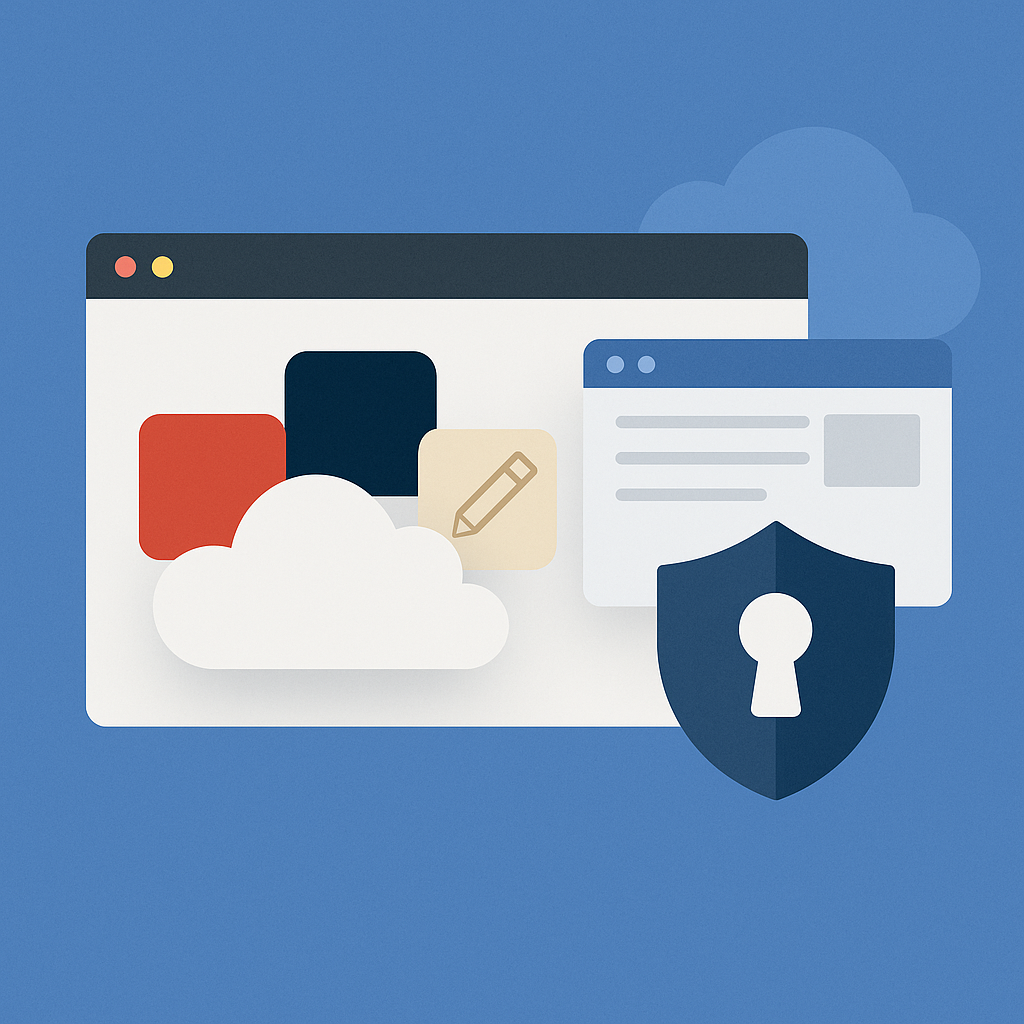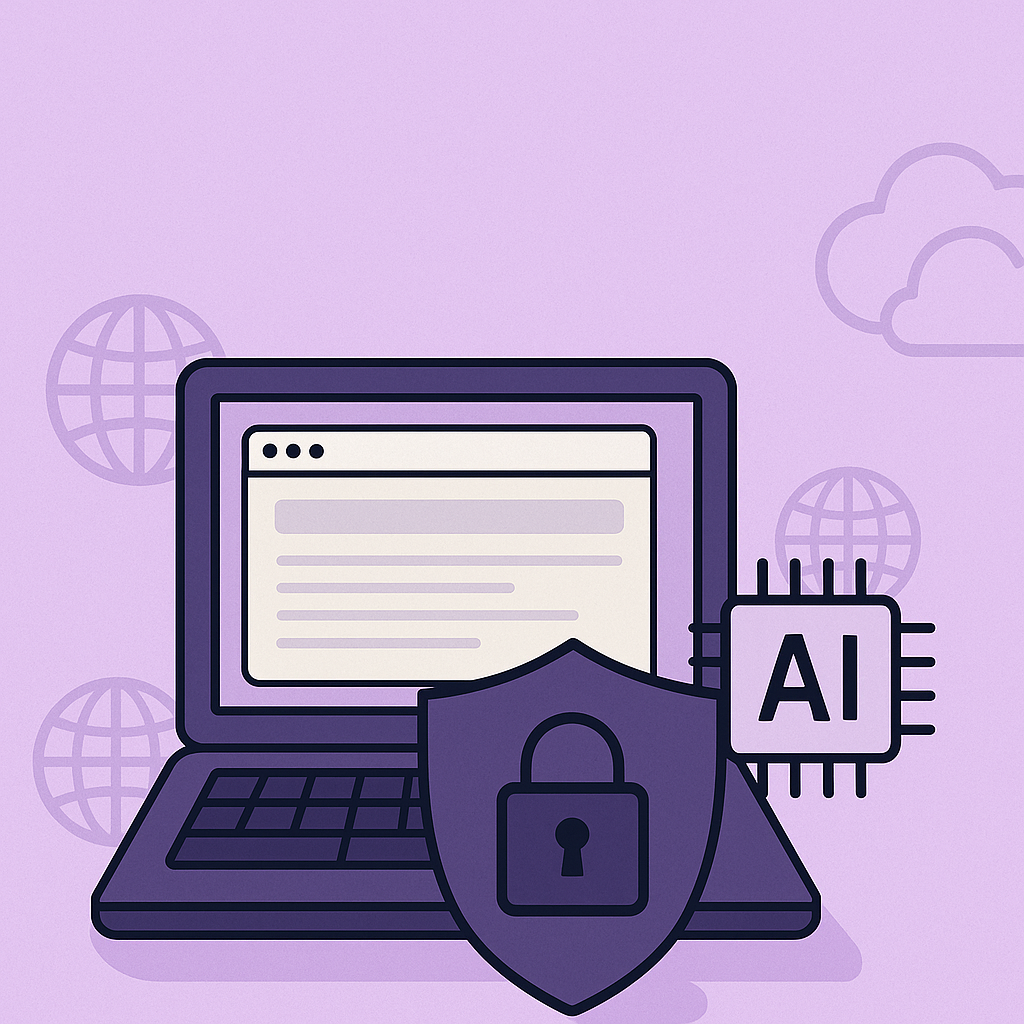If you’ve been tasked to perform a VDI migration by management, you’re not alone. Think about it in terms of market growth. The global virtual desktop infrastructure market is expected to reach $10.5 billion by 2023, up from $3.7 billion at the end of 2017, according to a report by Allied Market Research. Let’s face it—mobility, the cloud and the rapid proliferation of devices have made traditional end-user computing management practices obsolete. By implementing VDI, companies now have a way to manage increasingly dispersed and complex workplace environments from a centralized location. Not to mention, free up time IT administrators have to work on more strategic and innovative projects. That’s essential in today’s hyper-competitive landscape.
Planning and implementing your VDI migration
Early adopters of VDI found out the hard way that it’s a major undertaking that’s not very easy. In other words, it’s a huge change and investment for the entire business that requires careful consideration before taking the leap. Here are some steps to take and questions to ask during your VDI migration journey.
- Perform a thorough assessment of your environment. What are our current processes and procedures, where are the problems and where can improvements be made? What technologies can help us become a more productive and cost-efficient organization? How can we deliver the best ROI?
- Determine your goals and how to achieve those. What do we want to achieve, and how will we do it? What technologies are available to move the business in the direction we want? What kind of competitive differentiation do we want to create?
- Develop an implementation plan. Now that we’ve identified the technology and processes that can be improved, where should we start implementing those first? Where should we begin the initial roll-out within the organization to ensure wider management buy-in?
- Keep thorough documents and communicate. How can we make sure that everyone is up to speed on the new environment? How can we communicate with, train and educate staff to make the change seamless?
- Don’t rest on your laurels. Once we have implemented VDI, how can we make continuous improvements? How can we leverage the new technology to drive productivity, future innovation and business growth?
Reality check
Planning and implementing your VDI migration sounds pretty straightforward, right? In reality, however, it’s a lot harder to pull off. For one, the environments are super complex, with lots of moving parts. If not configured and implemented right, the deployment can actually hurt the bottom line. To do this in-house requires a team of high-skilled IT administrators that can be difficult to find. In addition, on-premises VDI can be extremely expensive. There’s the up-front investment on pricey servers to consider. In addition, VDI is also super I/O-intensive, requiring a lot of spend on storage and network infrastructure. Managing it all is another story, altogether. In many cases, VDI administrators are forced to manually configure infrastructure by toggling between multiple management consoles and across siloed tiers in the data center. Many organizations simply don’t have the resources to do this. Even if they do, the effort it takes to administer the environment often negates the ROI that VDI promised in the first place.
VDI in the cloud
Let’s take a step back to the late 2000’s for context. For around five years straight (take your pick), industry experts declared that “this year will be the year of VDI!” That never really happened in the way it was predicted. During the same time period, the desktop-as-a-service (DaaS) market started to emerge. It was a bumpy ride for early DaaS vendors who were working with the same difficulties managing such complex VDI environments. On top of that, the cloud and telecom providers those early DaaS vendors were trying to partner with were just not ready to offer virtual desktops as a service. That’s all changed now. Take Google Cloud, for instance. The company has invested a reported $9 billion on its cloud business in the last year, making cloud-based DaaS very much possible. Couple that with GCP partner itopia’s DaaS migration, automation, orchestration and management platform, and DaaS is not only possible, but makes sense for most of today’s use cases.
Automate cloud desktop discovery with itopia CAS
To illustrate how easy DaaS deployments can be, let’s look at itopia’s automated discovery tool that comes with Cloud Automation Stack (CAS). The tool enables desktop administrators to deploy users, their desktops and apps to Google Cloud Platform in under 20 minutes. This can be done two ways: through PC Discovery or Network Discovery. Through the PC, administrators log in to the itopia management console and create a deployment. Then, a unique link is generated that can be shared with end users. Once the end user clicks on the link, the tool goes to work gathering all of the relevant information from the user’s PC. All of this is done without installing any agents on the end user’s machine.
From the network, administrators can perform the same discovery without disrupting the user session. The application inventory created during the discovery process makes it easy for administrators to keep track of who has access to which applications. It also makes it easier to install or restrict access to applications for new users through a one-click deployment on the dashboard. Besides applications and user information, the discovery tool also gathers information about network nodes, printers and shared drives. In both scenarios, applications are saved in itopia’s DaaS management system, and kept in sync with user profiles and permissions. Automated discovery can also be run before or after the deployment is launched to the cloud.
In the end, VDI migrations are a requirement for modern businesses to run increasingly mobile and cloudy businesses. Whether you want to deploy virtual desktops in the cloud or on-premises, the project requires careful planning, execution and ongoing management. Under the hood, VDI implementations are really complex and can end up being very expensive without the proper management tools in place. Yet, the industry has come a long way in the last 10 years. DaaS automation, orchestration and management tools are now available to eliminate those complexities, and enable businesses of all sizes to truly realize the cost and operational benefits of the cloud.
Learn more about itopia’s CAS Discovery tools here, and sign-up for a free demo.



